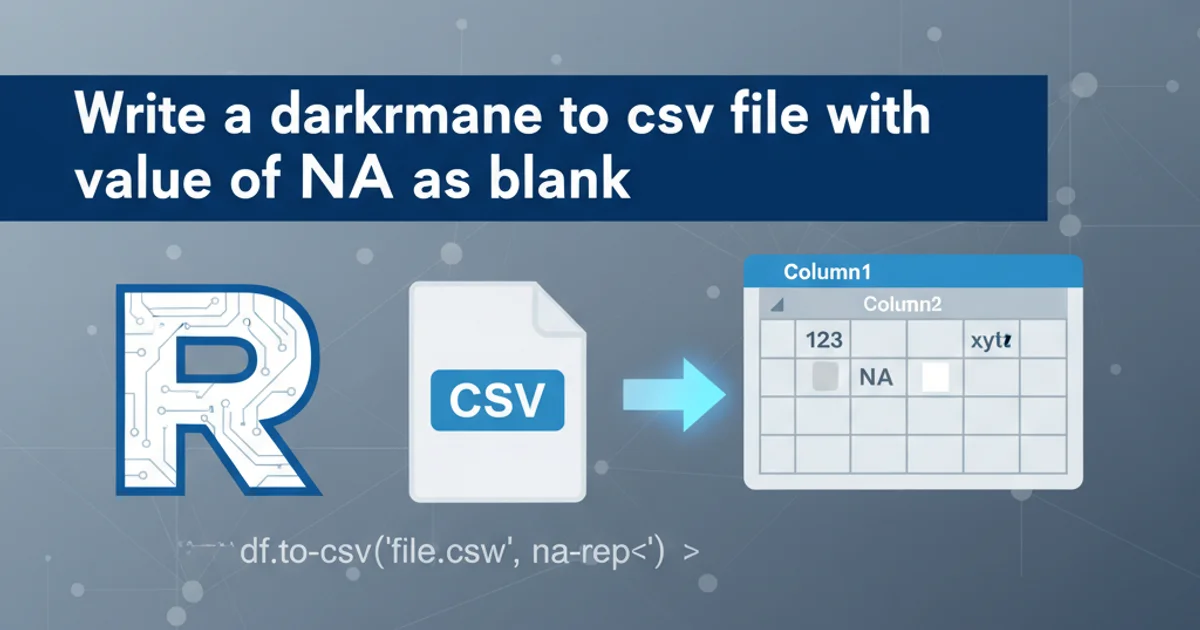Disabling and enabling a HTML input button
Categories:
Mastering HTML Input Buttons: Enable and Disable with JavaScript & jQuery

Learn how to dynamically enable and disable HTML input buttons using both vanilla JavaScript and the jQuery library. This guide covers practical examples and best practices for enhancing user experience.
Controlling the interactive state of HTML input buttons is a fundamental aspect of building dynamic and user-friendly web applications. Whether you want to prevent multiple form submissions, guide users through a multi-step process, or simply provide visual feedback, knowing how to enable and disable buttons programmatically is crucial. This article will walk you through the process using both native JavaScript and the popular jQuery library, offering clear examples and explanations.
Understanding the disabled Attribute
The core mechanism for disabling an HTML button is the disabled attribute. When this boolean attribute is present on an <button> or <input type="button"> element, the button becomes unclickable, often appearing grayed out, and its value will not be submitted with a form. Conversely, removing this attribute re-enables the button. This attribute can be set directly in HTML or manipulated dynamically using JavaScript.
<button id="myButton" disabled>Disabled Button</button>
<input type="submit" id="submitButton" value="Submit" disabled>
HTML with initially disabled buttons
Disabling and Enabling with Vanilla JavaScript
Vanilla JavaScript provides direct access to the DOM (Document Object Model), allowing you to manipulate element attributes. To disable a button, you set its disabled property to true. To enable it, you set the disabled property to false.
// Get a reference to the button element
const myButton = document.getElementById('myButton');
// Disable the button
myButton.disabled = true;
// Enable the button
myButton.disabled = false;
// Example: Toggle button state on click
const toggleButton = document.getElementById('toggleButton');
toggleButton.addEventListener('click', () => {
myButton.disabled = !myButton.disabled;
if (myButton.disabled) {
toggleButton.textContent = 'Enable Button';
} else {
toggleButton.textContent = 'Disable Button';
}
});
JavaScript code to disable, enable, and toggle a button's state
Disabling and Enabling with jQuery
jQuery simplifies DOM manipulation significantly. It provides convenient methods to add, remove, and toggle attributes. For the disabled attribute, jQuery offers the .prop() method, which is the recommended way to handle boolean properties, and the .attr() method, which can also be used but is generally less preferred for boolean attributes.
// Using .prop() to disable a button
$('#myButton').prop('disabled', true);
// Using .prop() to enable a button
$('#myButton').prop('disabled', false);
// Using .attr() to disable a button (less preferred for boolean properties)
$('#myButton').attr('disabled', 'disabled');
// Using .removeAttr() to enable a button (when using .attr() to disable)
$('#myButton').removeAttr('disabled');
// Example: Toggle button state on click
$('#toggleButtonJQuery').on('click', function() {
var isButtonDisabled = $('#myButtonJQuery').prop('disabled');
$('#myButtonJQuery').prop('disabled', !isButtonDisabled);
if (!isButtonDisabled) {
$(this).text('Enable Button');
} else {
$(this).text('Disable Button');
}
});
jQuery code to disable, enable, and toggle a button's state
.attr('disabled', 'disabled') works, .prop('disabled', true) is the idiomatic and generally safer way to handle the disabled property in jQuery, as .prop() directly manipulates the DOM element's property, which is how boolean attributes are truly managed internally by browsers.flowchart TD
A[User Action Triggered] --> B{Should Button Be Disabled?}
B -- Yes --> C[Set button.disabled = true (JS)]
B -- Yes --> D[jQuery: $('#button').prop('disabled', true)]
B -- No --> E[Set button.disabled = false (JS)]
B -- No --> F[jQuery: $('#button').prop('disabled', false)]
C --> G[Button is disabled]
D --> G
E --> H[Button is enabled]
F --> HWorkflow for dynamically enabling/disabling an HTML button
Practical Use Cases
Dynamically controlling button states is useful in many scenarios:
- Form Validation: Disable a submit button until all required fields are filled correctly.
- Asynchronous Operations: Disable a button when an AJAX request is in progress to prevent duplicate requests.
- Step-by-Step Wizards: Enable the 'Next' button only when the current step's requirements are met.
- User Permissions: Disable buttons for actions a user is not authorized to perform.
- Loading States: Show a loading spinner and disable relevant buttons during data fetching.
HTML Structure
JavaScript Example
const actionButton = document.getElementById('actionButton'); const inputField = document.getElementById('inputField');
// Disable button initially actionButton.disabled = true;
inputField.addEventListener('input', () => { // Enable button only if input field has content actionButton.disabled = inputField.value.trim() === ''; });
actionButton.addEventListener('click', () => { alert('Action performed!'); actionButton.disabled = true; // Disable after action });
jQuery Example
$('#actionButton').prop('disabled', true); // Disable initially
$('#inputField').on('input', function() { // Enable button only if input field has content $('#actionButton').prop('disabled', $(this).val().trim() === ''); });
$('#actionButton').on('click', function() { alert('Action performed!'); $(this).prop('disabled', true); // Disable after action });